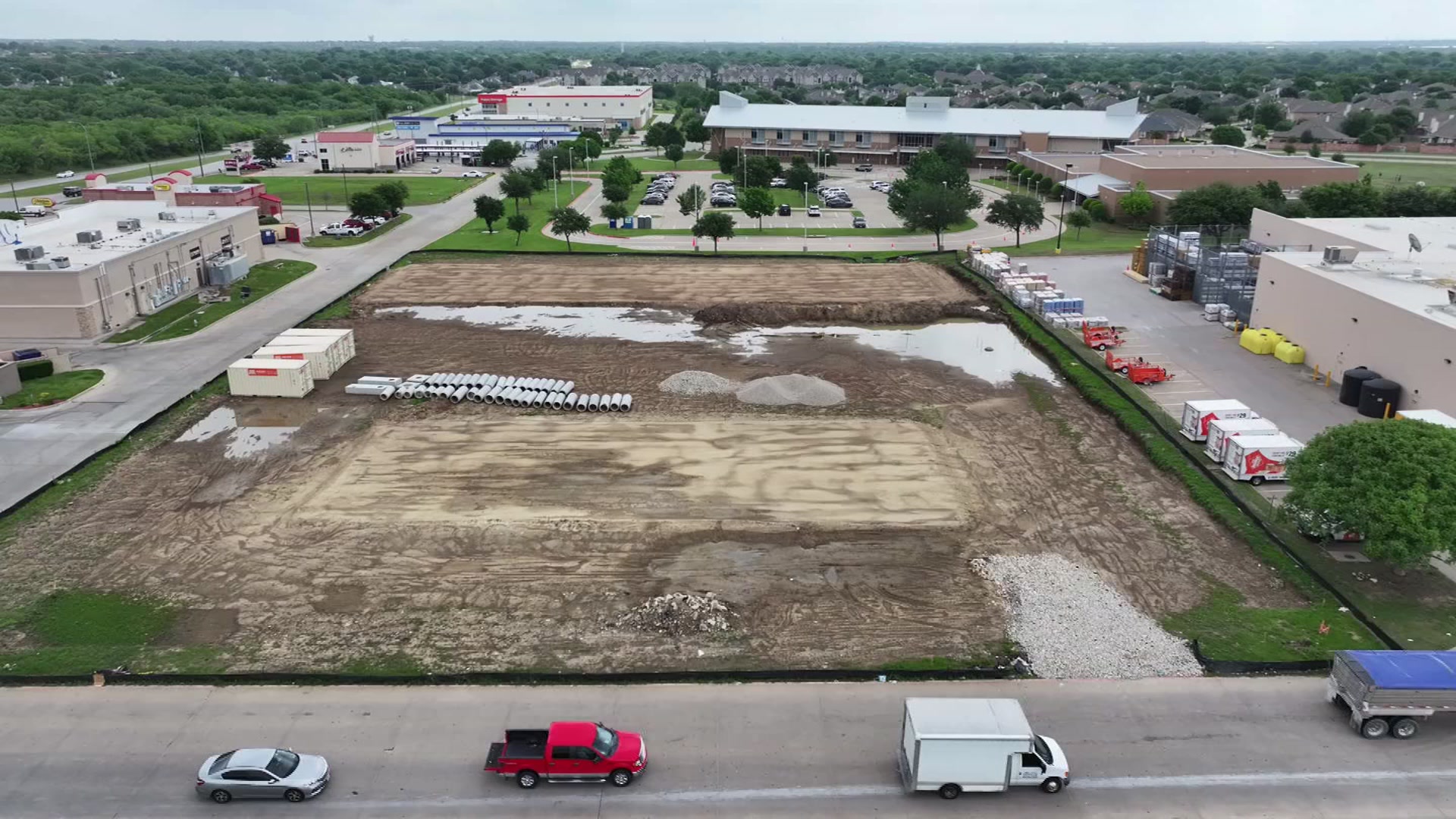The Texas cattle industry is a multibillion dollar revenue source and according to the state Department of Agriculture, it makes up around half of the Texas’ agriculture-related cash receipts.
There is now technology designed to gather information with a “Fit Bit” type tracker for cattle. Beyond the obvious novelty of the idea, developers hope it can revolutionize the industry worldwide.
This week, 11 pregnant cows in Parker County were tagged with the HerdDogg technology on their ears.
"It could save the lives of calves. It could save the lives of cows. It could improve the efficiency of time management," cattleman Ron Gill said.
Gill, who is also a professor at Texas A&M University, is testing out the tags on his livestock.
“We need to take our time to look at these technologies,” he said, “I'm a skeptic of everything that comes out and it is part of my job to see if it is going to work.”
Gill can now monitor the mothers-to-be from a smartphone.
Local
The latest news from around North Texas.
"Since they can't talk to you, we can look at what their behavior is and their movements and their lack thereof," he said.
The owner of the HerdDogg, Melissa Brandao, explained the technology will do more than just track motion.
"We got body temperature off of the ear shaft, we get activities," she said.
Texas is one of five states testing the technology.
"Well, the cattle industry is the largest agricultural commodity in the state and as such it returns $12 [billion] to $18 billion,” Gill said.
It’s thought that the more precise and efficient our farmers can be, the better the bovine and possibly in the future more meat.
"Research shows that the better you understand your animals, the better you treat them. It improves the food supply,” Brandao said. "Our food supply, our ability to really know what's going on with the livestock.” is imperative.
Brandao explained the farmers can watch an app for changes.
“It could be medically, vitally, predators. There's a lot of different things that can come into play," Gill said.
It would allow illnesses to be caught and treated before it becomes too late.
"Typically an animal isn't going to show that it is sick for two to three days, so this provides this data sooner,” Brandao said. “They will be able to know sooner if that animal is well or not ."



